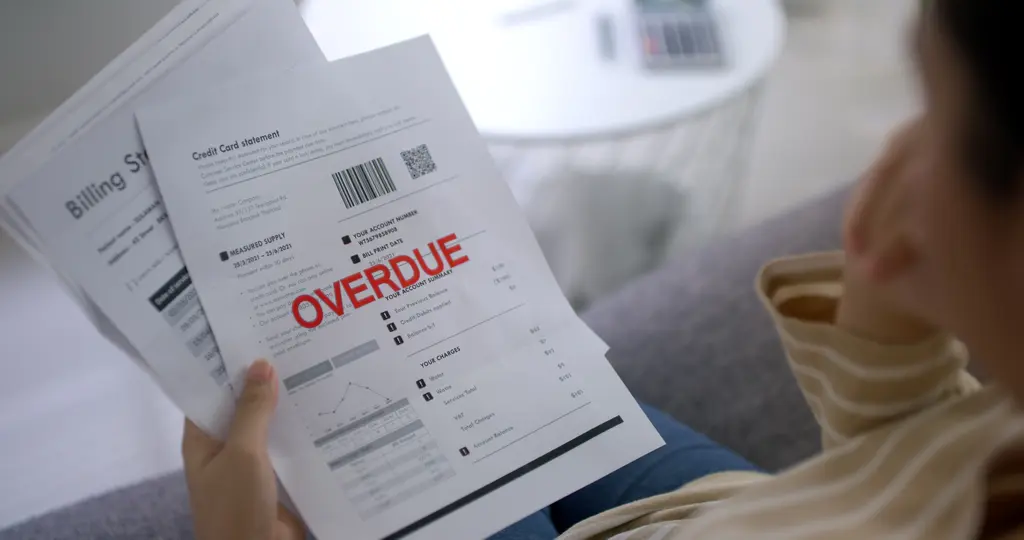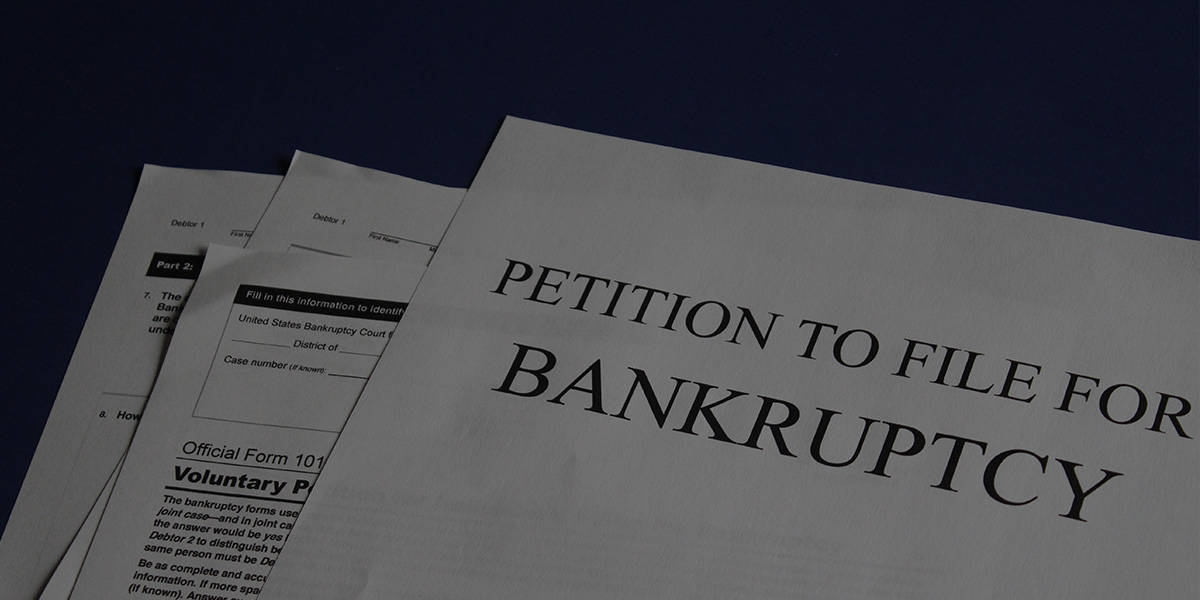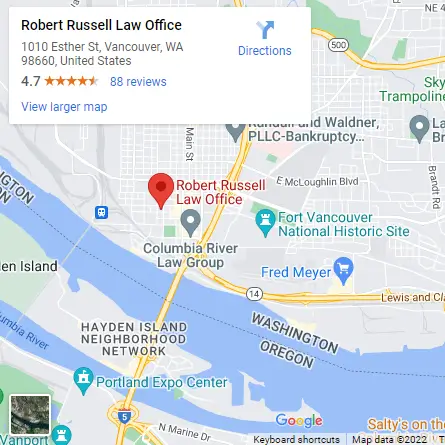Why It’s Useful: This is a link to a letter about obtaining mortgage modifications in and after bankruptcy.
Subject: Obtaining mortgage modifications in and after bankruptcy.
Useful Link: http://portal.hud.gov/hudportal/documents/huddoc?id=DOC_16794.doc
NOTE: This post is one of the many “Useful Links” you will find on this website’s “Useful Links” page. Links on the “Useful Links” page are in a sortable table by category and subject matter. That page has links to articles or sites that are useful on various subjects. If you have a suggesting for another “useful link” to add to our list, please contact us and let us know. Robert Russell Law Group claims no copyright to third party materials, documents, websites, website content, etc.
(Linked text begins/includes …)
October 17, 2008
MORTGAGEE LETTER 2008-32 (emphasis added)
TO: ALL APPROVED MORTGAGEES
ATTENTION: Single Family Servicing Managers
SUBJECT: Use of FHA Loss Mitigation During Bankruptcy
This Mortgagee Letter updates the Department’s position on the use of FHA Loss Mitigation while a borrower is in bankruptcy. The guidance regarding mortgagors in bankruptcy provided on pages 9 and 25 of Mortgagee Letter 2000-05, is superseded by this Mortgagee Letter. Mortgagee Letter 2000-05, generally prohibited mortgagees from offering loss mitigation to a borrower in bankruptcy. That guidance was predicated on the concern that HUD did not want to influence mortgagees to take any action that would be considered by the Bankruptcy Court as a violation of the automatic stay.
The Department was recently approached by the mortgage industry and bankruptcy experts regarding the Department’s current guidance on mortgagors in bankruptcy. As a result of these discussions, the Department understands that contact with debtor’s counsel or a bankruptcy trustee does not constitute a violation of the automatic stay and that waiting until a bankruptcy is discharged or dismissed before offering loss mitigation may be injurious to the interests of the borrower, the mortgagee and the FHA insurance funds.
Effective immediately, mortgagees must, upon receipt of a notice of a bankruptcy filing, send information to debtor’s counsel indicating that loss mitigation may be available, and provide instruction sufficient to facilitate workout discussions including documentation requirements, timeframes and servicer contact information. Working through debtor’s counsel, mortgagees may offer appropriate loss mitigation options prior must to discharge or dismissal, without requiring relief from the automatic stay and in the case of a Chapter 7 bankruptcy, without requiring re-affirmation of the debt. It is strongly recommended that the bankruptcy trustee be copied on all such communications. All loss mitigation actions must be approved by the Bankruptcy Court prior to final execution.
Nothing in this mortgagee letter requires that mortgagees make direct contact with any borrower under bankruptcy protection. However, the information required to file a bankruptcy petition (now a matter of public record) will often include sufficient financial information for the mortgagee to properly evaluate the borrower’s eligibility for loss mitigation. Using this financial information, many mortgagees have been able to complete the loss mitigation evaluation before the bankruptcy plan is confirmed and have offered a pre-approved loan modification agreement. For those mortgagors that sought bankruptcy protection solely to avoid foreclosure of their homes, this solution allowed the mortgagor to have the bankruptcy dismissed and begin fresh with a mortgage obligation that is both current and with payments that the mortgagor can afford. For those mortgagors with other financial problems, the resolution of the mortgage problem will put them in a better position to resolve the remaining financial issues.
Where the mortgagor filed the bankruptcy Pro Se, (without an attorney), the Department recommends that information relating to the availability of loss mitigation be provided to the mortgagor with a copy to the bankruptcy trustee. This communication must not infer that it is in any way an attempt to collect a debt. Mortgagees must consult their legal counsel for appropriate language.
The Department cautions mortgagees not to report current loans to HUD’s Single Family Default System (SFDMS) simply to alert HUD that a bankruptcy has been filed. Loans must be at least one full payment due and unpaid (30 days delinquent) before reporting to SFDMS is required. Where the mortgagee is successful and is able to utilize loss mitigation on an account in bankruptcy, it must continue to report the appropriate status codes in SFDMS to reflect loss mitigation actions. Please ensure that should the loss mitigation initiative result in reinstatement or payment in full that the appropriate status code is reported to SFDMS.
The information collection requirements contained in this document have been approved by the Office of Management and Budget (OMB) under the Paperwork Reduction Act of 1995 (44 U.S.C. 3501-3520) and assigned OMB control numbers 2502-0429 and 2502-0523. In accordance with the Paperwork Reduction Act, HUD may not conduct or sponsor, and a person is not required to respond to, a collection of information unless the collection displays a currently valid OMB Control Number
Any questions regarding this Mortgagee Letter or requirements for use of the partial claim and loan modification authorities may be directed to HUD’s National Servicing Center (NSC) at 888-297-8685 or [email protected].
Sincerely,
Brian D. Montgomery
Assistant Secretary for Housing –
Federal Housing Commissioner





